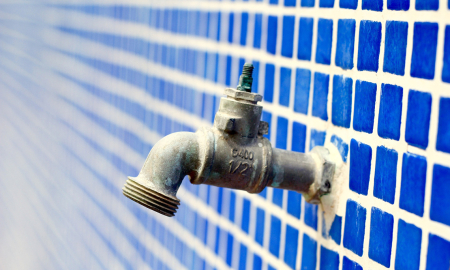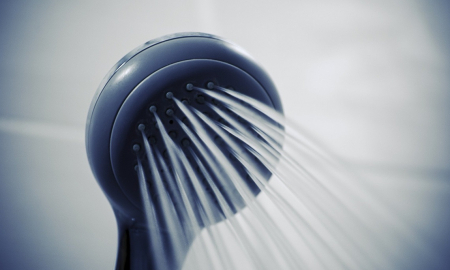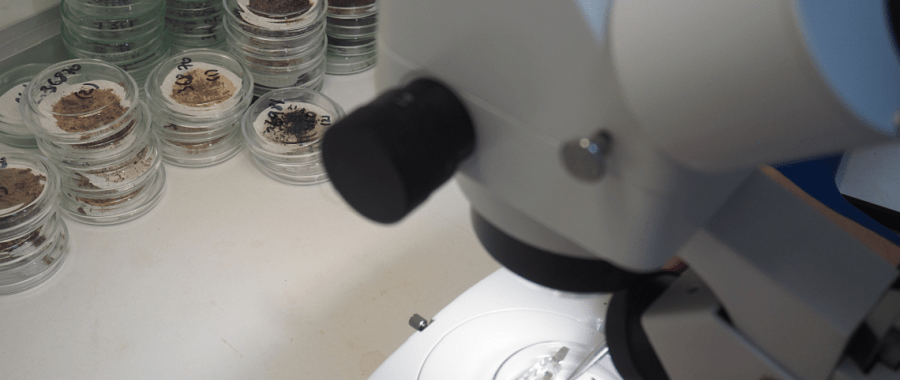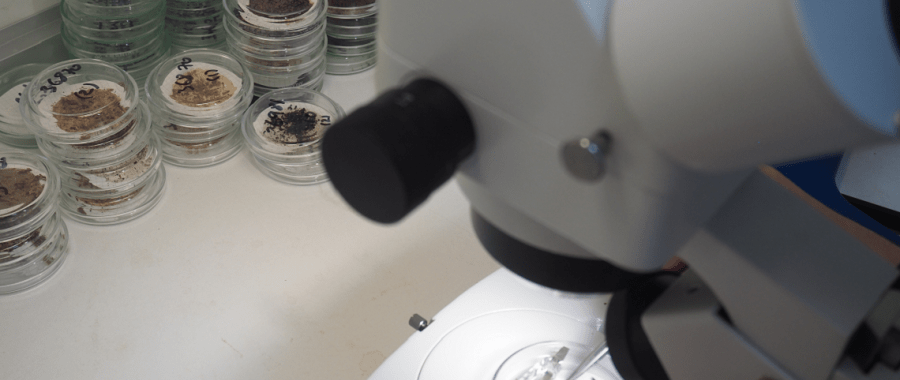Do You Want Microplastics On Your Chips?
Studies worldwide have led to conclusions that microplastics are found in salts. But to understand the scope and breadth of the problem firsthand, we purchased eight different types of salt to conduct research into the microplastic content per kilogram of salt.
Microplastics are a concern to us all, originating from various sources such as the breakdown of the plastic waste we throw away, the weathering of polymers and paints on buildings to the disposal of microbeads in face scrubs we rinse down our sinks.
Microplastics are fragments of plastic (including rubbers and paints) with a size less than 5mm. These microplastics can then break down into smaller nanoplastics which could have an effect on organisms by being absorbed into the body and pass through into cells. Once inside the cell, it has the potential to cause physical damage from the fragment structure, or from the chemicals that could be absorbed within the nanoparticle.
After the canal microplastic research SOCOTEC completed for the Canal & River Trust and the sea bed sediment analysis carried out for Royal HaskoningDHV, the microplastic team of scientists at SOCOTEC decided to turn their attention to the salt that we eat.
Paul Walker, SOCOTEC’s technical and development specialist, lead the salt research project and tells us more about it:
As we all know from the news, microplastics are a problem in our seas. As a lot of our salt we use comes from the sea, it makes sense for us to investigate the state of the problem.
Studies worldwide have led to conclusions that microplastics are found in salts. But to understand the scope and breadth of the problem firsthand, we purchased eight different types of salt from a local supermarket, ranging from table salts, sea salts and rock salts.
A portion of each salt was dissolved in water and filtered using a metal sieve with mesh sized at 5mm. Using a density floatation and peroxide oxidation methodology to accurately isolate microplastics from all other contents, microplastics were split from the rest of the sample prior to examination.
Of the eight different salt types being analysed, we found that 50% of the salts were found to contain microplastics, ranging between 128 and 387 microplastics per kilogram of salt.
A breakdown of the results shows:

Picture above: microplastics present in the salt analysed.
The microplastics were found to be predominately particle in shape with a smaller portion being fibres – typically occurring from synthetic clothing. No microbeads (an intentionally created microplastic for the benefit of the cosmetic industry) were detected in any sample.
The presence of microplastics was as expected, given the growing focus on microplastic presence within the marine environment. However, the number of microplastics per kilogram detected did come as a surprise. It was also interesting how microplastics were not a common problem in all types of salt analysed.
Further research is required to ascertain the potential dangers of microplastics and the conclusions to be drawn from ingesting microplastic remain unknown. In today’s throwaway society, it is something we all have to take responsibility for.
Read more:
- Plastics: a macro or micro problem?
- Research of the Plastic Problem with Microplastic Analysis
- Our Microplastic Analysis Services
If you'd like to find out more about our microplastic analysis, get in touch on 0845 603 2112 or contact us using the form.






Add new comment